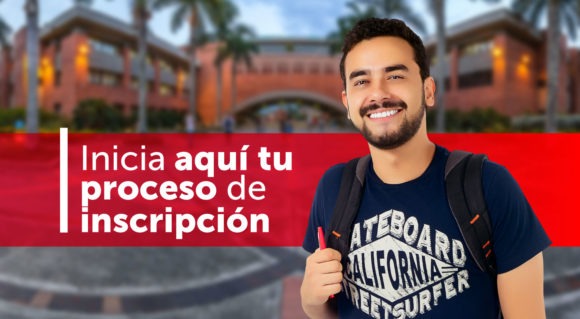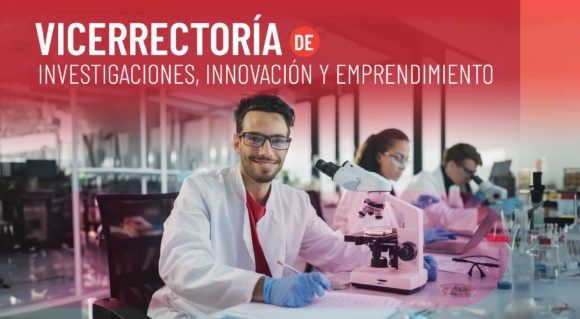Siembra
The movie “Siembra”, debut film by Ángela Osorio and Santiago Lozano, produced by Contravia Films and the Autonoma de Occidente University, is a bet of the program of Film and Digital Communication of the University.
«Before the cinema law, every Colombian movie was a ‘ start from zero ‘. If we support the constant effort in the Universidad Autonoma de Occidente, where every year or every two years the professors of the Program have the possibility of developing their projects of cinema; it is this “mileage” in film making, which is going to allow us to learn of the processes and to apply the preconceived knowledge. This is going to allow to gather our weaknesses and to strengthen the areas we are good at «, assures Juan Carlos Romero, Director of the Program of Film and Digital Communication.
Siembra tells the story of ‘ Turk ‘, a fisherman of the colombian pacific coast. He yearns to return to the land that he has left three years ago, in company of his son, Yosner, because of the armed conflict. He lives in the city caught by a feeling of uprooting while his son finds in it a possible future. This movie will have its premiere in Colombian movie theatres on April 14th.
The sowed route
In the Official Competition of Colombian Cinema, «Siembra” directed by Angela Osorio and Santiago Lozano, produced by Contravia Films and Autonoma de Occidente University, was awarded with the Prize ‘Maria’, in the category Official Selection Colombia of the Ficcali.
‘Siembra’ gained a stimulus of script of the Fund of Cinematographic Development. In the Cinema Festival of Locarno 2015, Lozano was acclaimed by the Independent Critique Golden Boccalino as Best Director and in the Festival of Cinema of Tarragona, REC of Spain, he won the prize for best movie. And in 2016, he received the Jury’s Special Prize in the International Festival of Cinema of Cartagena of The Indies, FICCI (by its initials in Spanish).
This movie shows two ways of living through the phenomenon of the forced displacement: that of ‘ Turk ‘, a 57-year-old man faced his new life far in the city, and that of his son Yosner, who seems to adapt more rapidly to the change.
Synopsis
“Turk”, a fisherman of the Colombian pacific coast yearns to return to the land that he left three years ago, in company of his son Yosner, because of the armed conflict. He lives in the city caught by a feeling of uprooting while his son finds in it a possible future. The illusion of the father for returning breaks with the death of the son. Turk finds himself confronted with the pain and the impotence before this inert body that has turned into one more obstacle to return to his homeland. While the traditional rituals of the wake are held, Turk gets out and wanders around the city to face his own grieve; but time passes and he has to find a place to bury his son.
Sal
The new cinematographic voyage of the Autonoma de Occidente University, Sal, directed by William Vega, professor in the program of Film and Digital Communication, had his world premiere in the most ancient festival of cinema of Latin America: Ficci.
The second full-lenght film of Vega Sal “raises the eternal lost fight of man before nature and destiny which is in itself the same useless fight for reaching wisdom. This is a movie about a man who is looking for answers and when he finds them, discovers that they serve him for nothing. His real learning will be to acknowledge that fact», comments the Director.
The script of ‘Sal’ was developed in the Residence of the Cinema foundation of the Festival of Cannes 2013 and was the winner in the same year of the Prize Art in the Torino Film Lab, where it took part in the programs Script and Pitch and Framework del Torino Films Lab 2014.
As a project it also took part of the BAM Projects, Ibermedia Development 2013, Found of Joint production of the Festival of San Sebastian and obtained Stimulus in Production of the FDC 2016.
This movie is the second fiction film supported by the program of Film and Digital Communication and the Direction of Research and Technical Development of the Autonoma de Occidente University and it is the second full-lenght film of Vega, who in 2012 released his opera prima ‘La Sirga’.»The movie had not been exhibited and in this sense the Festival allowed us to make the world premier and release it. As filmmaker, I would say that it is the invitation one is always waiting for; that the movie gets life, because a movie without an audience does not exist. This it is the major achievement of the festival «, comments William Vega, Director of ‘Sal’.
Synopsis
‘Sal’ is an odyssey of a home to which theirs is no return. Heraldo initiates a journey in search of answers on his missing father and comes to a dystopian desert which serves as shelter for outlaws who do not fit in the world anymore.
Is he one of them? Heraldo remains in the infinity of this desert that alludes to an ocean that already does not exist. Don Salo and Magdalena receive him in his home. While he discovers the richness of the desert, he understands that his wounds are only signs of his hurt soul and that only until he controls his internal torment he will be able to return to his path.
El Padre, el Hijo y el Espiritu Santo
‘El Padre, el Hijo y el Espiritu Santo’ an animated full-lenght film that transformed into an investigation project and that allows the entailment of different departments of the Universidad Autonoma de Occidente in an interdisciplinary work involving filmmakers, communicators, engineers and doctors.
This project arises from the desire of developing a product based on the so called ‘ Colombian violence ‘ in spite of the judgments that are issued concerning this topic that for many has been already “exploited enough”.
Nevertheless, according to Juan Manuel Acuña, Project Director, there are so many angles to approach this issue from different perspectives, which makes it impossible not to be able to produce movies relating to these topics, of course, having realized first a deep investigation not to fall down in lack of respect. In this way you can tell stories of great content.
This movie, framed in the category of “Western”, is about a child who is guided by his mother to accomplish with the mission of his life: to avenge the death of his father. The story parallels both, the child and his father’s life allowing to decipher how and who committed the crime. A drama in which it is possible to see the influence that priests, with their advices, have in the decision making of these characters.
Something interesting about this cinematographic project, is that from the moment its Director Juan Manual Acuña enters to the team of professors of the Program of Film and Digital Communication of the Autonoma de Occidente University, the viability of turning it into a project of investigation was conceived; for this reason, from 2013 the project is linked to Expin Media Lab, a space where the faculties of Engineering and Social Communication of the Universidad Autonoma de Occidente work as a team for the development of a space of experimentation about the relation of technology, science and art.
Expin Media Lab took part in this project offering technical support, experiencing diverse methods of movement capture and in the stage of production of the movie.
The seedbed of investigation
The students who get involved in the artistic and technological process of the movie, either through the seedbed of investigation created in order that the full-lenght film could be released, or by means of the figure of Degree Work, «… they fulfill roles like patternmakers, assistants of direction, directors of art, animators, post-producer. We can say that those are their official titles, but they do a little bit of everything «, admits Project Director and Professor in Autonoma, Juan Manuel Acuña.
The project has had a cooperative and interdisciplinary nature: «With the program of Design of Graphic Communication we developed the graphical aspect of the movie and with the program of Biomedical Engineering was coordinated the use of the laboratory of movement capture; with Multimedia Engineering we had a support in the technical aspects of the software Motive that, from our expertise we do not know how to use it «, summarizes Acuña.
Temas mencionados en este artículo











